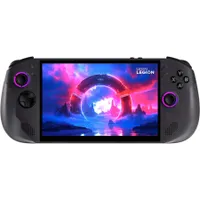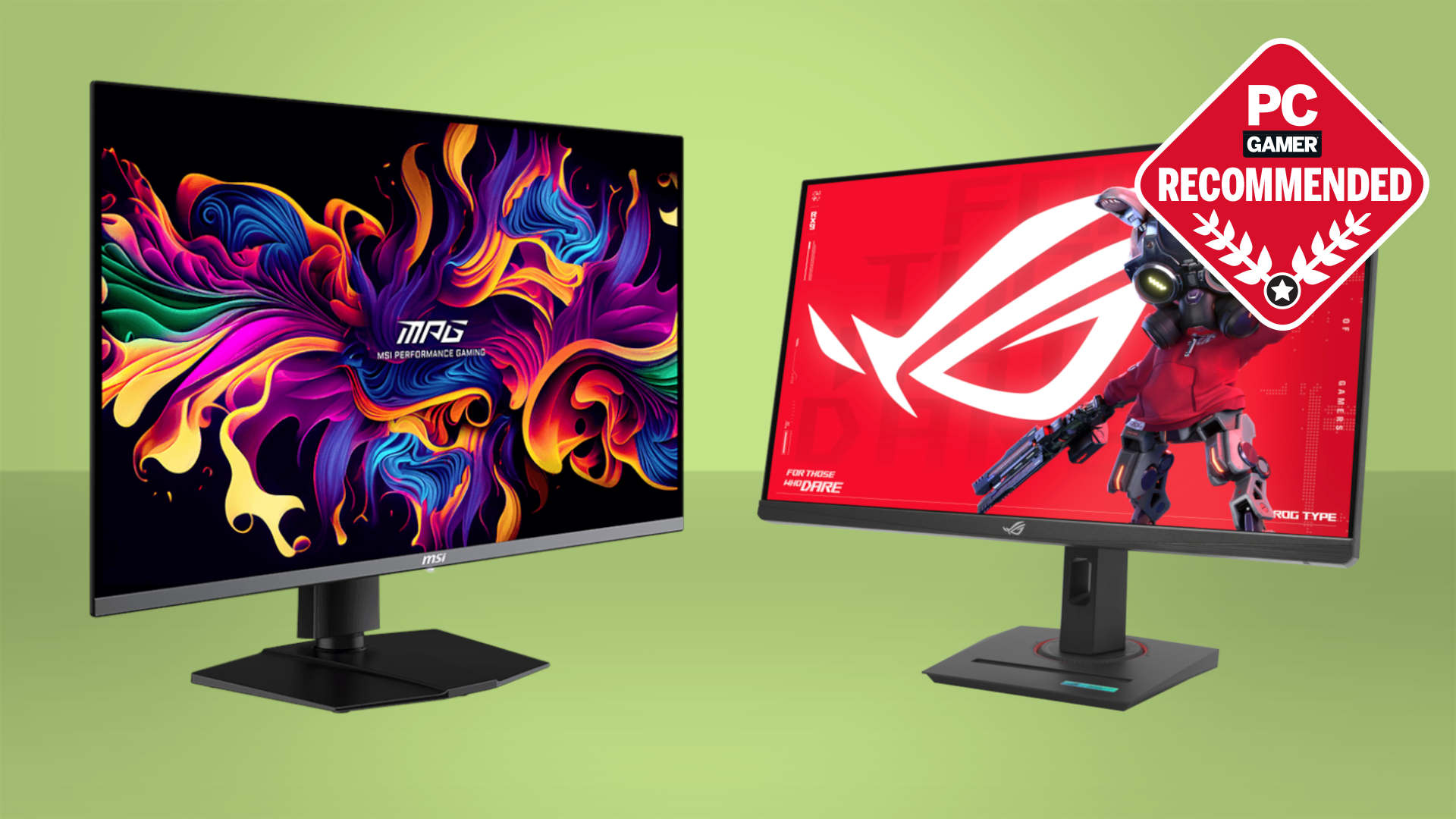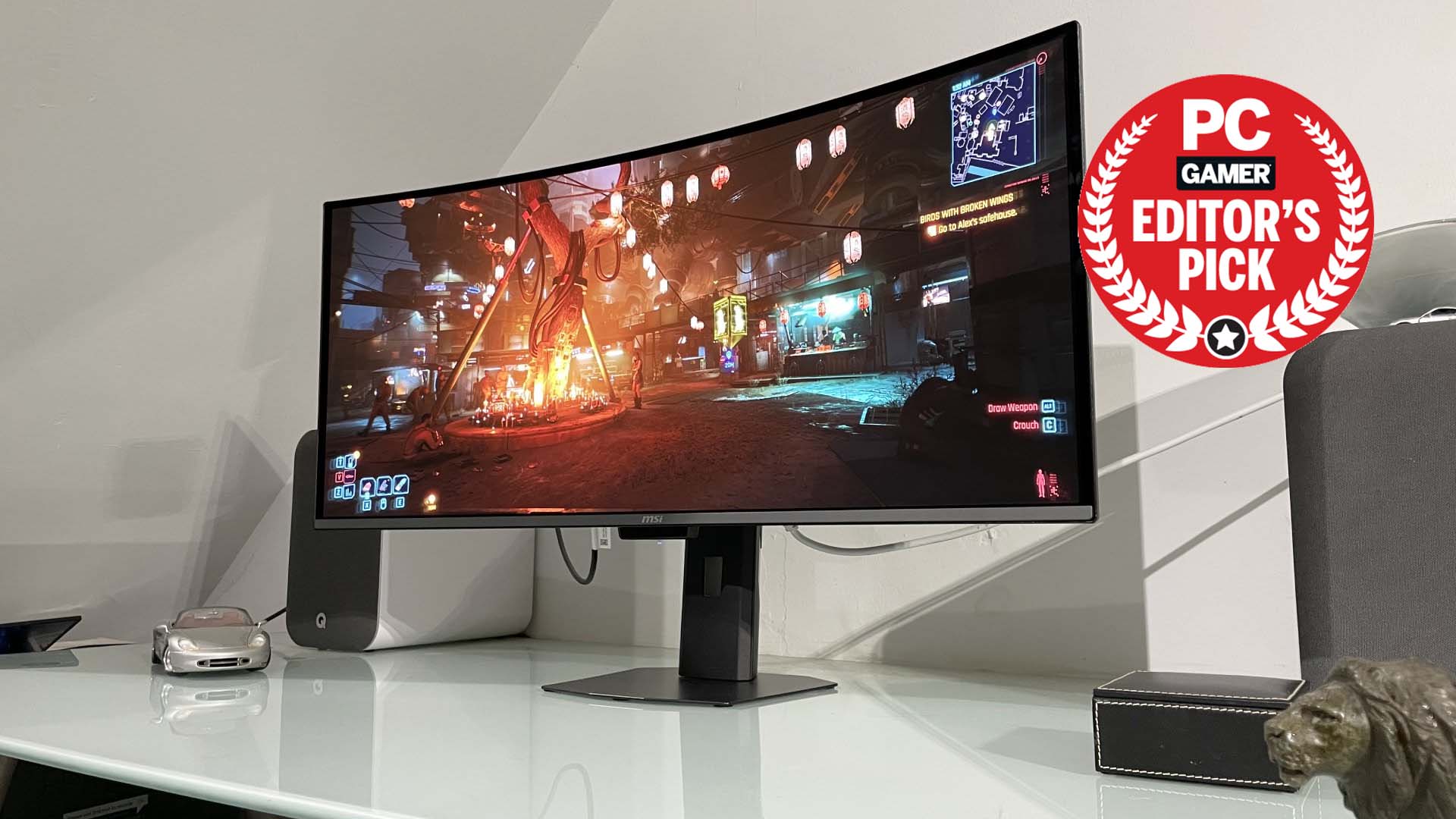The recently launched Legion Go S SteamOS edition is our new king of handheld PCs and with this deal, you get $50 off already
Lenovo's Steam Deck-on-steroids is the best handheld gaming PC you can buy right now.
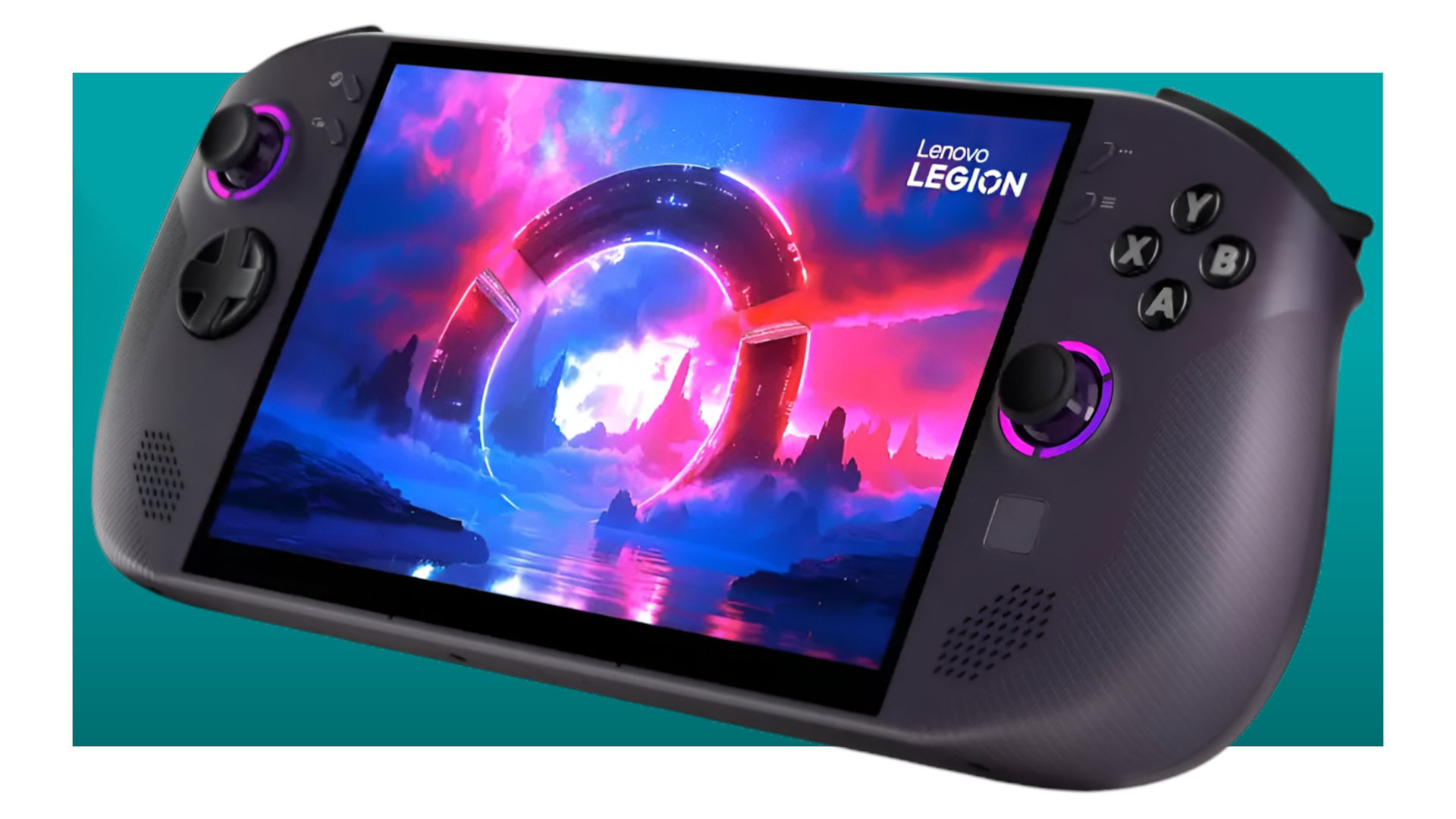
Legion Go S SteamOS | 8-inch | 1200p | 120 Hz | Ryzen Z1 Extreme | 32 GB LPDDR5X-7500 | 1 TB PCIe 4.0 SSD | $829.99 $779.99 at Best Buy (save $50)
It's not a big saving, but the SteamOS version of the brilliant Legion Go S has only just appeared, so it's going to be a while before you see anything better. This handheld gaming PC is well worth the full price, though, as you get the speedy Ryzen Z1 Extreme APU backed up with an enormous amount of RAM, and Valve's peerless SteamOS software for a sublime gaming-on-the-go experience.
Price check: Lenovo $829.99
It's not often that a brand-new gaming device sports a discount so soon after its launch, but that's exactly what you're getting here: Lenovo's SteamOS version of its excellent Legion Go S handheld gaming PC, with $50 knocked off the price tag.
👉Check out all the early Prime Day deals on Amazon👈
You might think there's a catch to this or that it's not very good to have a price reduction so soon, but that's absolutely not the case—this version of the Legion Go S, running Valve's SteamOS instead of Windows, achieved a hugely impressive score of 91% when we reviewed it just last week and it displaced the equally brilliant Asus ROG Ally X, as our pick for the best handheld gaming PC.
Let's start with the hardware to understand just why it's rated so highly. Inside the chassis, there's an AMD Ryzen Z1 Extreme processor, the same as that in the ROG Ally X and many other handheld PCs. With eight cores and 16 threads, plus a boost clock of 5.1 GHz, it's a better CPU than you'll find in any console.
Its integrated GPU is pretty nifty, too, packing 12 RDNA 3 compute units. Despite being the same chip as that in the Asus ROG Ally X, the Legion Go S SteamOS edition frequently outperforms it, as you can see in the above performance. And that's despite having to pump out more pixels, as the Legion uses an 8-inch 1200p IPS screen (compared to the Ally X's 7-inch 1080p).
The reason is two-fold. Firstly, this Legion Go S sports 32 GB of LPDDR5X-7500 RAM; 33% more than the Ally X and 15% faster. APUs in handhelds use a shared RAM configuration, with a portion of this being used as the GPU's VRAM. With 32 GB of super-fast memory, the GPU in the SteamOS Legion G S can reach its full potential.
The other reason why this handheld performs so well is down to its operating system. Valve's SteamOS is designed for nothing but gaming, and the streamlined Linux-based software is a perfect match for the device.
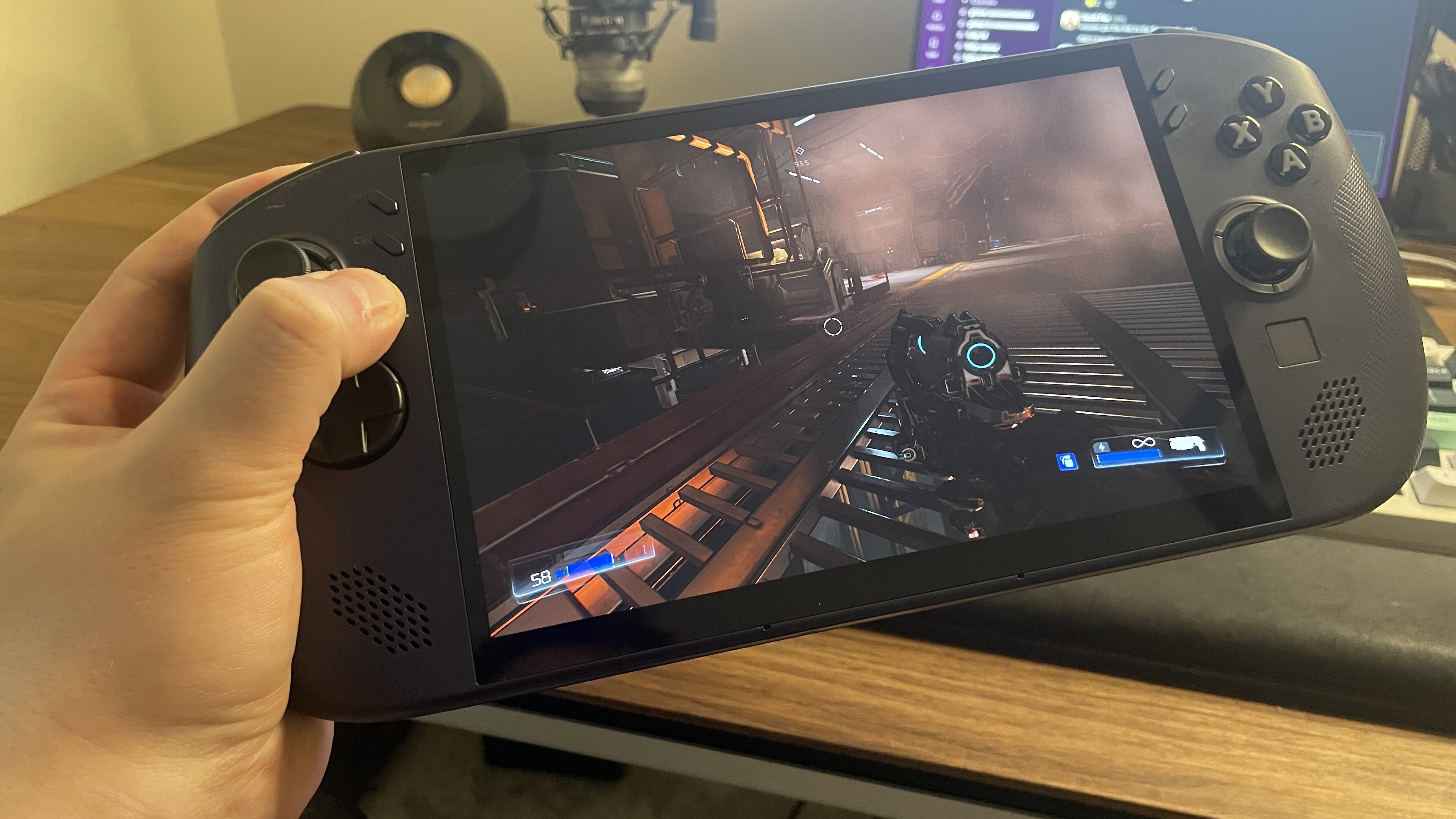
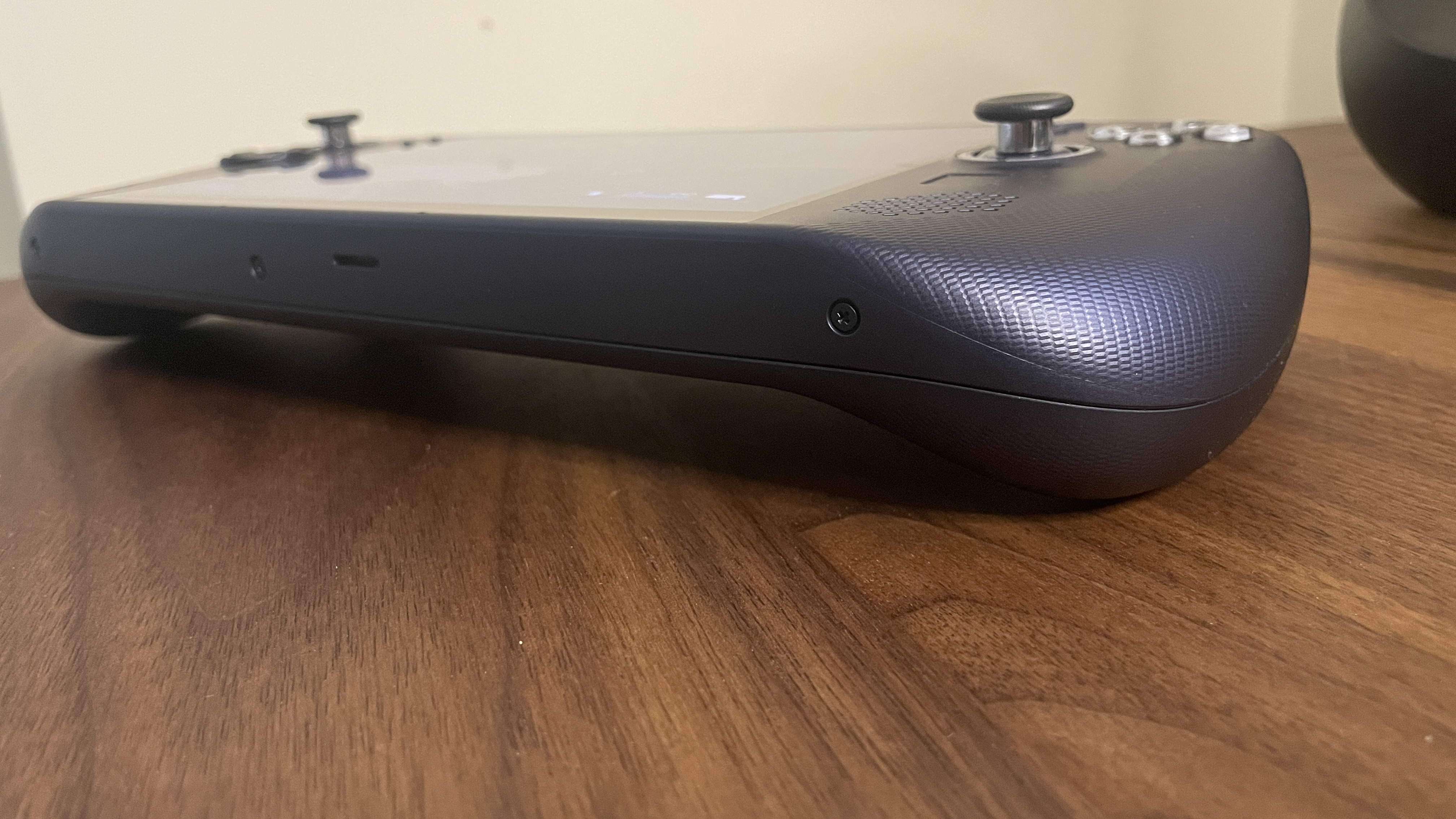
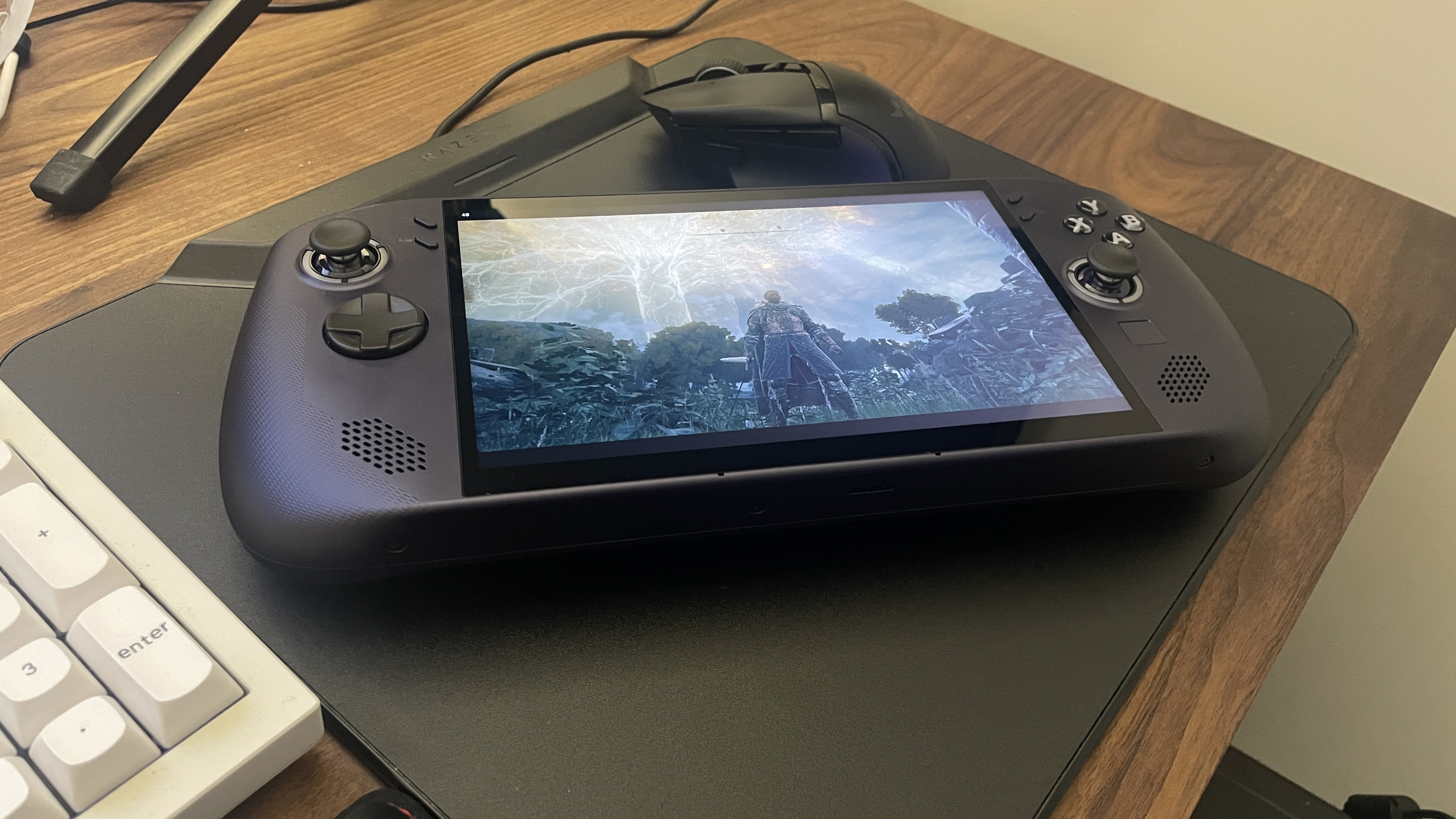
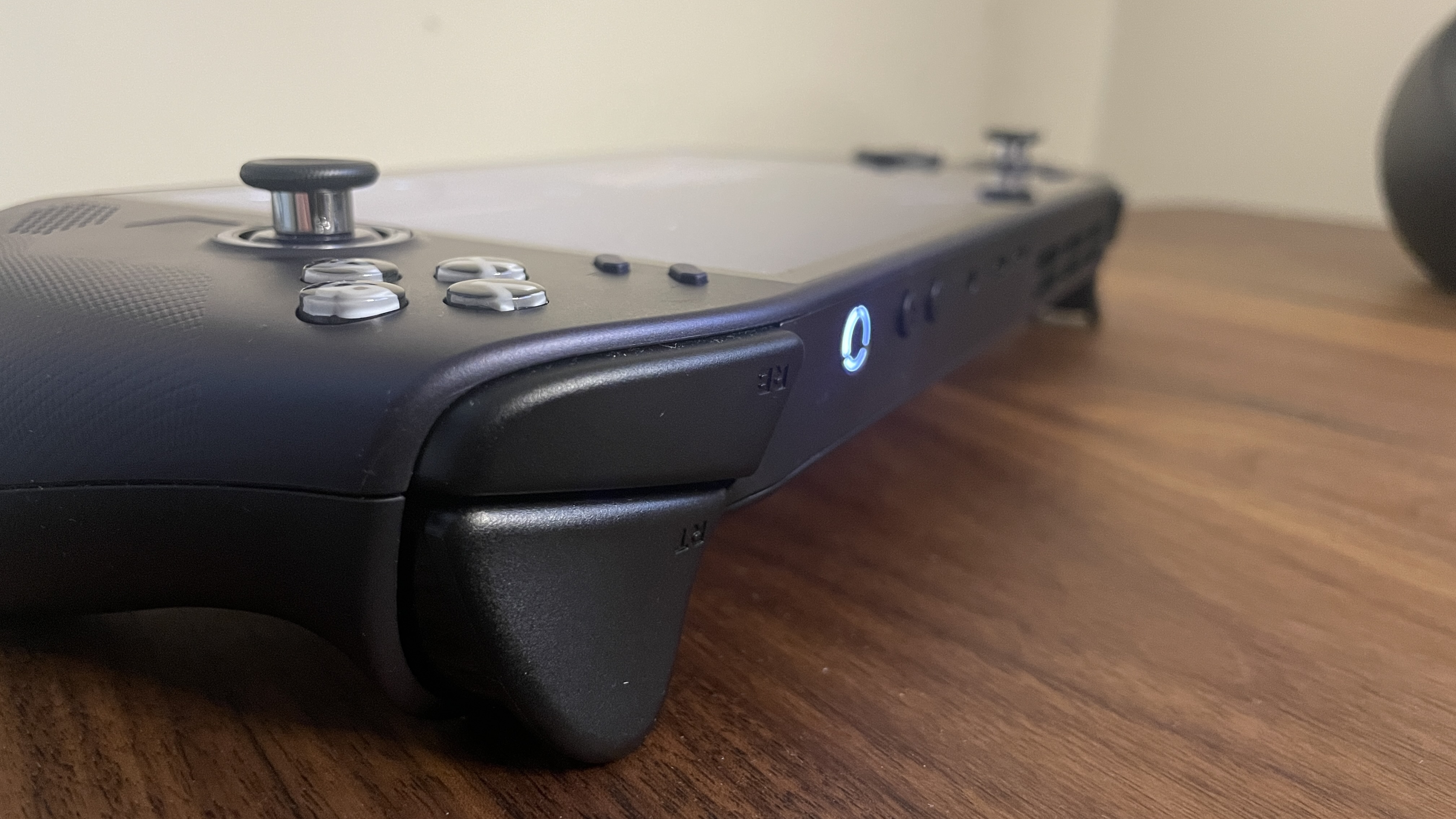
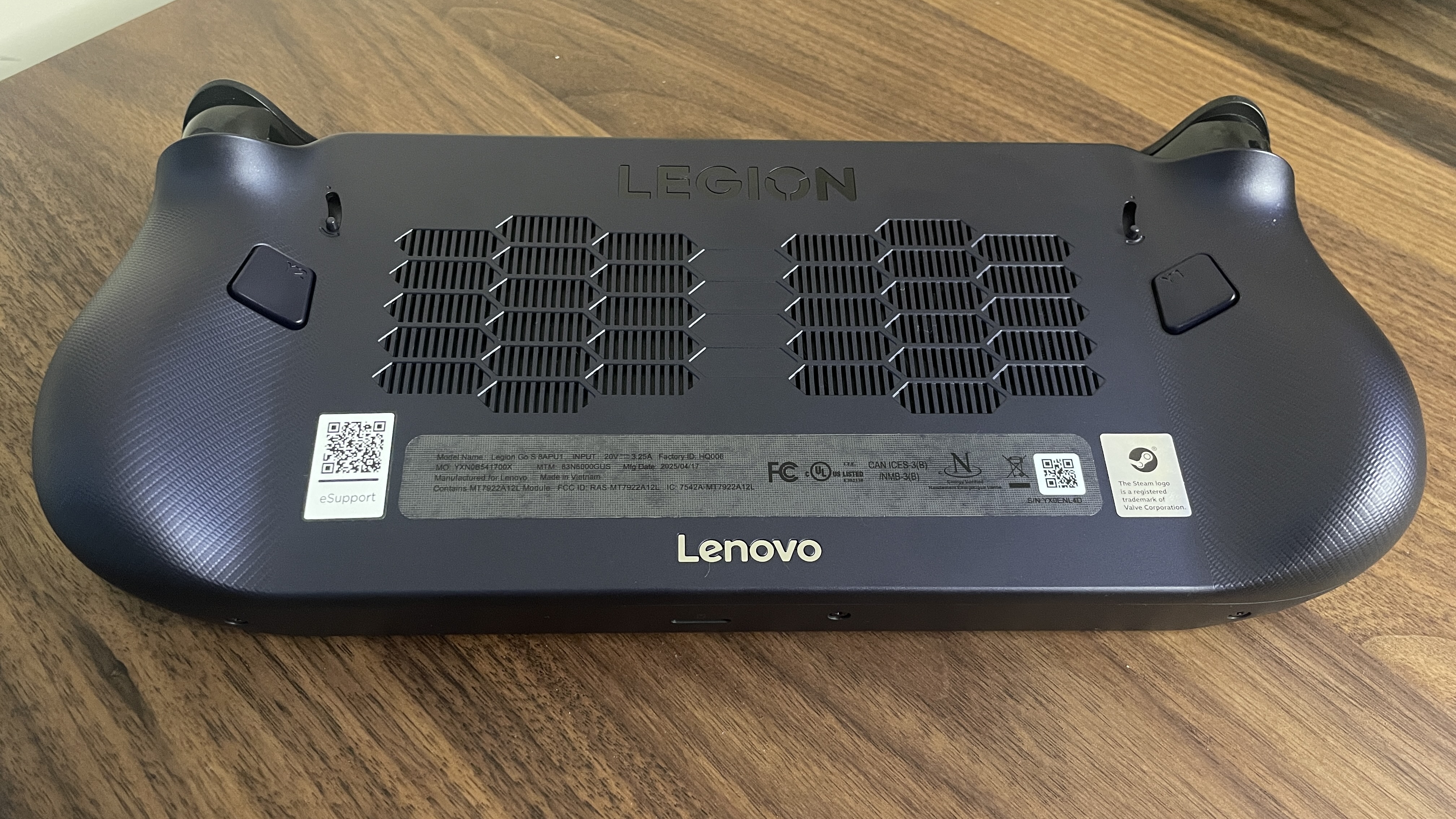
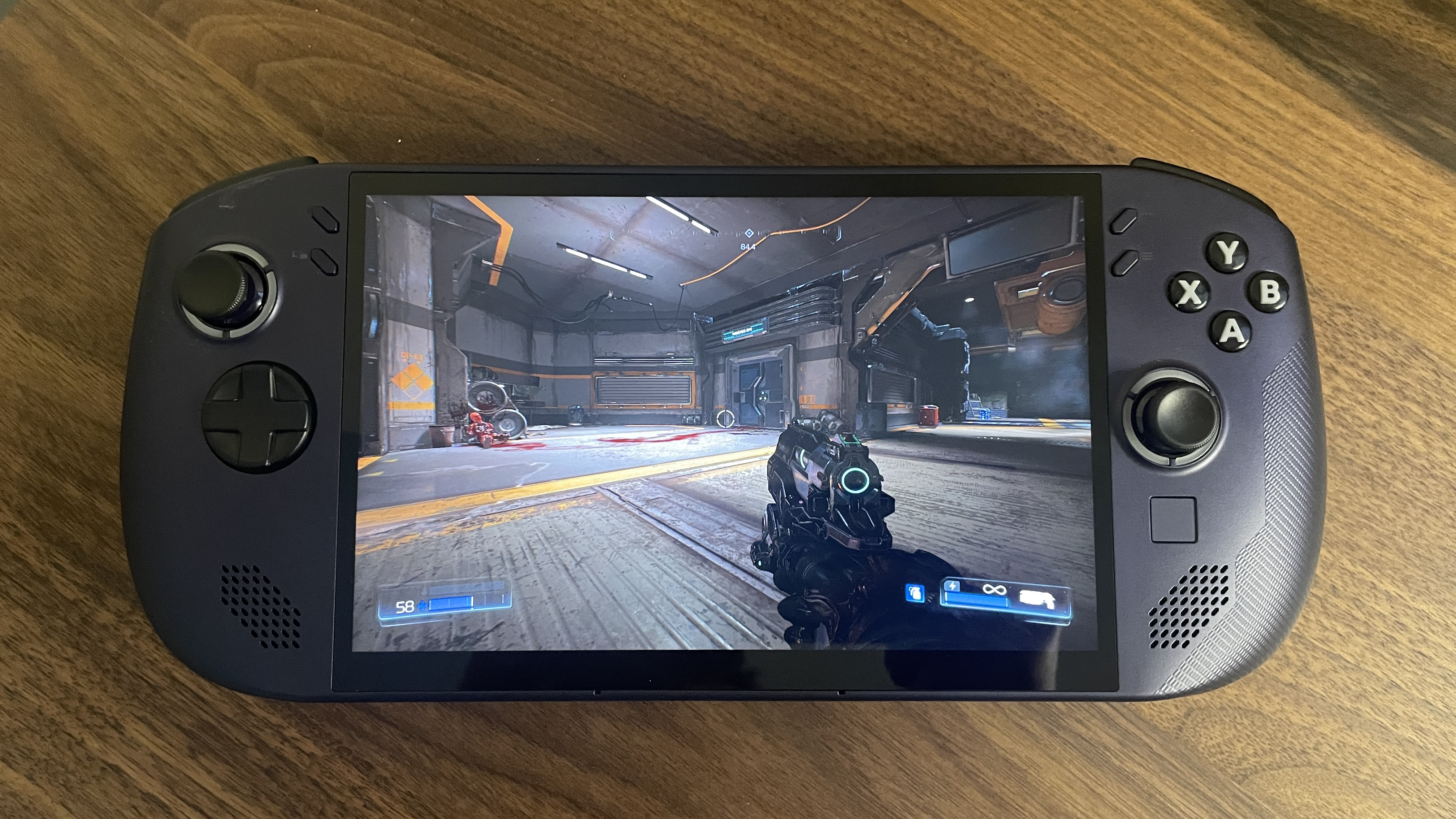
Naturally, given the nature of the operating system, not every PC game will run on this device or rather, not run smoothly. That's because most games are programmed for Windows, and so SteamOS uses various routines to emulate or translate instructions. When everything is all working as intended, it's silky smooth.
If you're wondering what games work best, then just check out Valve's list of Steam Deck-verified games. If it's rubber-stamped for that device, it should be good to go on the Legion Go S SteamOS edition.
The battery life is only good for a few hours of gaming, too, and while I'm being picky, the trackpad doesn't work properly in SteamOS (though that might improve in time, with driver updates), and the fans are noisy under load.
But these are minor quibbles compared to the sheer brilliance of everything else. The Legion Go S SteamOS edition is exactly what a handheld gaming PC should be—fast, smooth, and great to use. It'll take something special to knock it off our top slot in the list of best gaming handhelds, that's for sure.
👉Check out all handheld gaming PC deals at Best Buy👈
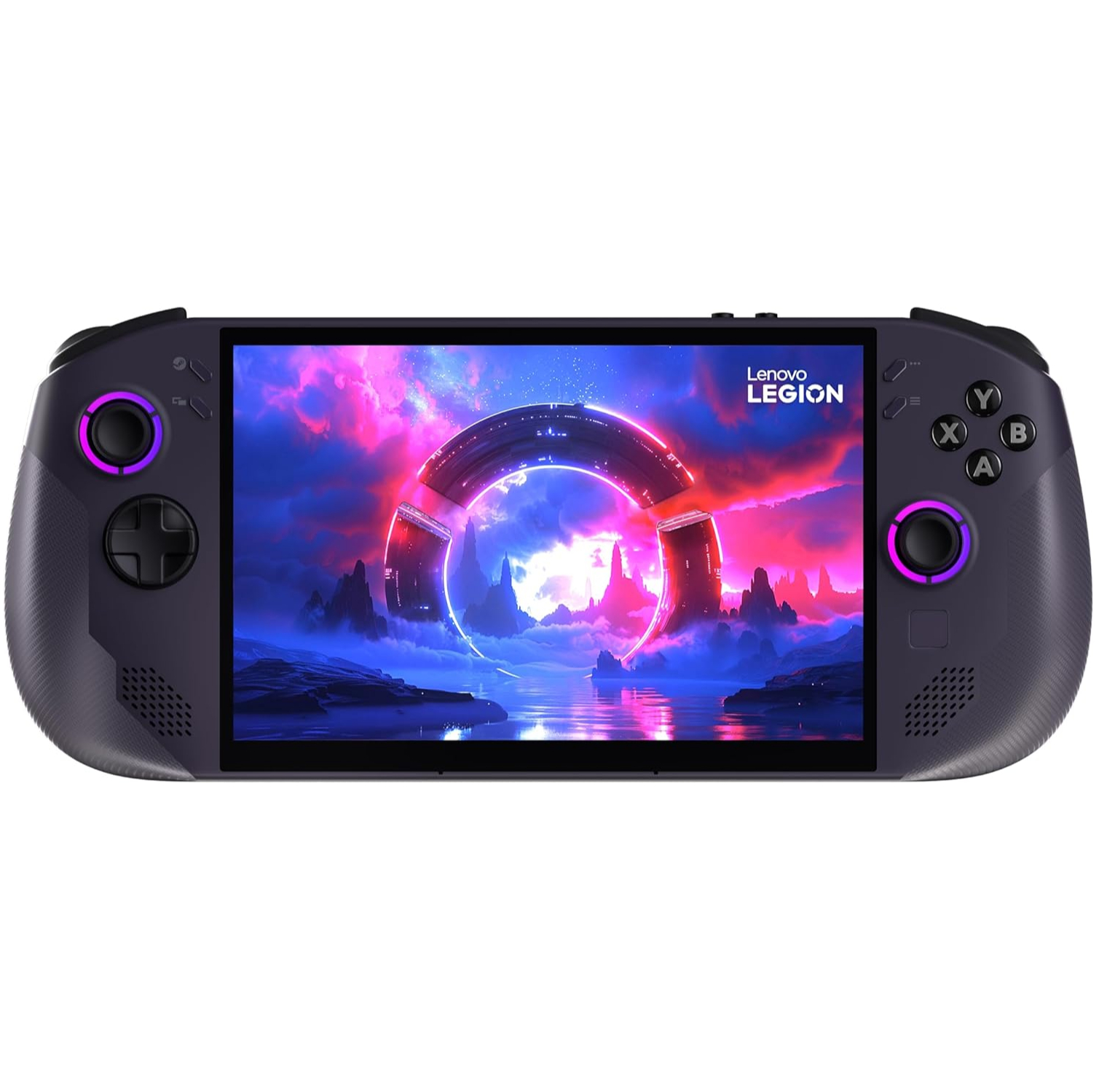
1. Best overall:
Lenovo Legion Go S SteamOS ed.
2. Best budget:
Steam Deck
3. Best Windows:
MSI Claw 8 AI+
4. Best big screen:
Lenovo Legion Go
5. Best compact:
Ayaneo Flip DS
Keep up to date with the most important stories and the best deals, as picked by the PC Gamer team.

Nick, gaming, and computers all first met in the early 1980s. After leaving university, he became a physics and IT teacher and started writing about tech in the late 1990s. That resulted in him working with MadOnion to write the help files for 3DMark and PCMark. After a short stint working at Beyond3D.com, Nick joined Futuremark (MadOnion rebranded) full-time, as editor-in-chief for its PC gaming section, YouGamers. After the site shutdown, he became an engineering and computing lecturer for many years, but missed the writing bug. Cue four years at TechSpot.com covering everything and anything to do with tech and PCs. He freely admits to being far too obsessed with GPUs and open-world grindy RPGs, but who isn't these days?
You must confirm your public display name before commenting
Please logout and then login again, you will then be prompted to enter your display name.
